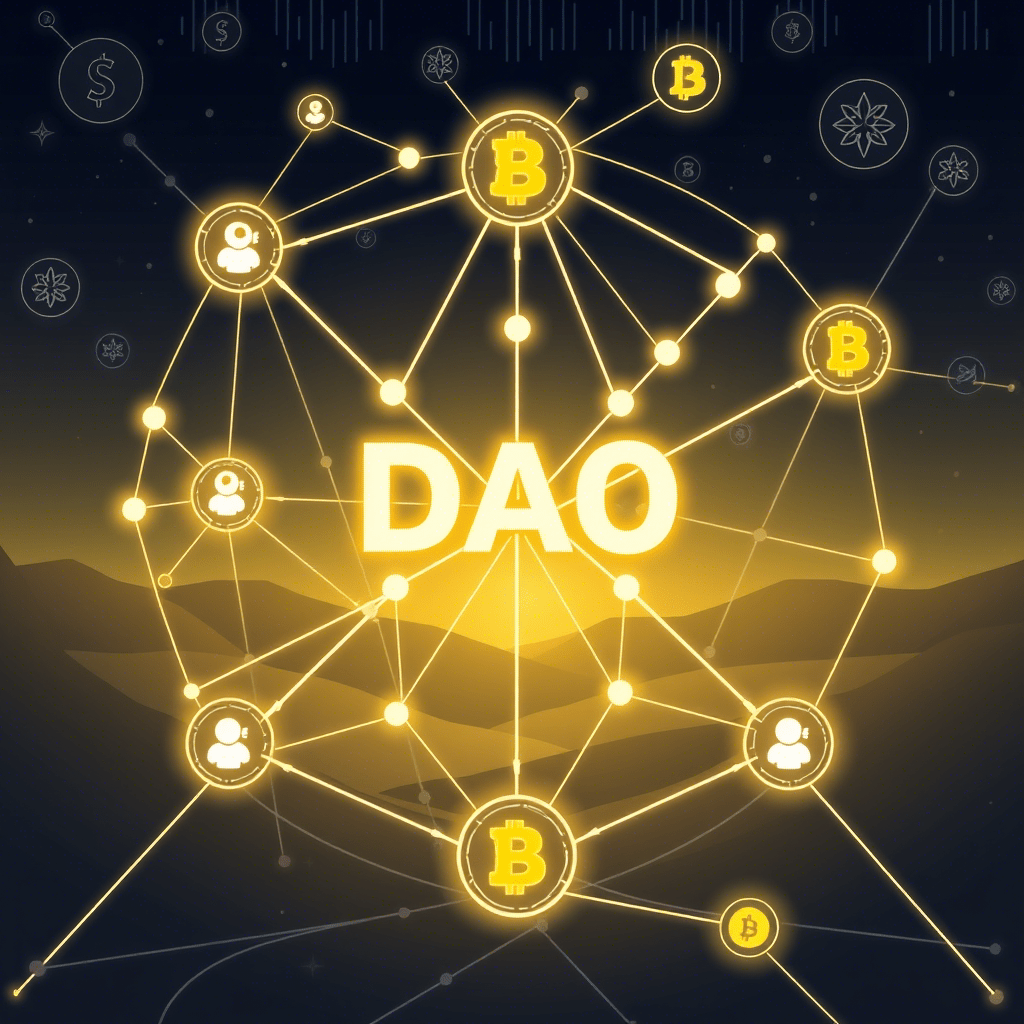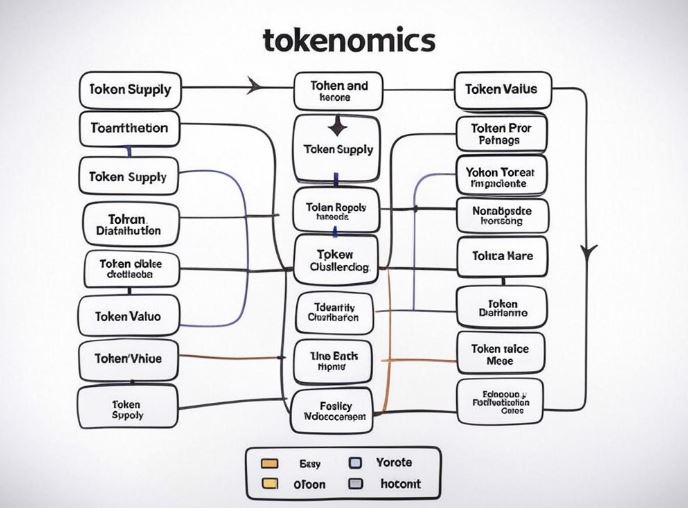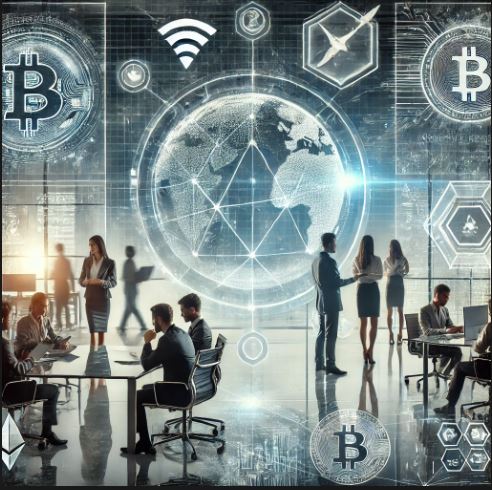
The Rise of Decentralized Autonomous Organizations (DAOs): A Beginner’s Guide to Building and Participating in Web3 Governance
Introduction
The Web3 revolution is not just about decentralized technology; it’s also about reimagining how organizations are structured and governed. Enter Decentralized Autonomous Organizations (DAOs), a new model of governance that leverages blockchain technology to create transparent, democratic, and community-driven organizations.
From managing decentralized funds to governing blockchain protocols, DAOs are transforming the way we think about collaboration and decision-making. This guide will introduce you to the world of DAOs, explain how they work, and provide practical steps for building or participating in one. Whether you’re a developer, entrepreneur, or curious enthusiast, this article will equip you with the knowledge to navigate the exciting world of DAOs.
What is a DAO?
A Decentralized Autonomous Organization (DAO) is a blockchain-based organization that operates through smart contracts and is governed by its members. Unlike traditional organizations, which rely on centralized leadership, DAOs are decentralized, transparent, and community-driven.
Key features of DAOs include:
- Decentralization: No single entity controls the organization; decisions are made collectively by members.
- Transparency: All transactions and decisions are recorded on the blockchain, ensuring accountability.
- Autonomy: Smart contracts automate processes, reducing the need for intermediaries.
- Community Governance: Members vote on proposals to determine the direction of the organization.
Why DAOs Matter
- Democratization of Decision-Making
DAOs empower members to have a direct say in how an organization is run, fostering inclusivity and fairness. - Transparency and Trust
Blockchain ensures that all actions and decisions are publicly verifiable, building trust among members. - Global Participation
DAOs enable anyone, anywhere in the world, to participate in governance and decision-making. - Innovation in Collaboration
DAOs provide a new model for organizing and funding projects, from open-source software to creative endeavors.
How DAOs Work
- Smart Contracts
DAOs are powered by smart contracts, which automate processes like voting, fund allocation, and membership management. - Token-Based Governance
Members typically hold governance tokens, which grant them voting rights proportional to their stake in the organization. - Proposal and Voting Systems
Members submit proposals for changes or initiatives, and the community votes to approve or reject them. - Treasury Management
DAOs often have a treasury funded by member contributions or revenue-generating activities. Funds are allocated based on community decisions.
Types of DAOs
- Protocol DAOs
These govern blockchain protocols and decentralized applications (dApps). Examples include Uniswap and MakerDAO. - Investment DAOs
These pool funds to invest in projects, startups, or assets. Examples include The LAO and MetaCartel Ventures. - Social DAOs
These focus on community building and social initiatives. Examples include Friends With Benefits and BanklessDAO. - Grants DAOs
These distribute funds to support projects and initiatives. Examples include Gitcoin DAO and MolochDAO. - Collector DAOs
These acquire and manage digital or physical assets, such as NFTs or art. Examples include PleasrDAO and FlamingoDAO.
Benefits of DAOs
- Decentralization
DAOs eliminate the need for centralized control, reducing the risk of corruption or mismanagement. - Transparency
All actions and decisions are recorded on the blockchain, ensuring accountability and trust. - Efficiency
Smart contracts automate processes, reducing administrative overhead and costs. - Global Reach
DAOs enable participation from anyone with an internet connection, fostering diverse and inclusive communities.
Challenges in DAOs
- Legal Uncertainty
The regulatory landscape for DAOs is still evolving, creating uncertainty for participants. - Voter Apathy
Low participation in governance can lead to centralization of power among a small group of active members. - Security Risks
Smart contracts are vulnerable to bugs and exploits, which can lead to significant losses. - Coordination Challenges
Managing large, decentralized communities can be complex and time-consuming.
How to Build a DAO
- Define Your Purpose
Clearly articulate the mission and goals of your DAO. - Choose a Blockchain Platform
Ethereum is the most popular platform for DAOs, but alternatives like Polygon, Solana, and Binance Smart Chain are also viable. - Develop Smart Contracts
Use frameworks like Aragon, DAOstack, or OpenZeppelin to create and deploy your DAO’s smart contracts. - Launch Governance Tokens
Issue governance tokens to members, ensuring fair distribution and alignment of incentives. - Set Up Voting Mechanisms
Implement a voting system that allows members to propose and vote on initiatives. - Build a Community
Engage with potential members, promote your DAO, and foster a sense of ownership and participation.
How to Participate in a DAO
- Research DAOs
Explore existing DAOs that align with your interests and values. - Acquire Governance Tokens
Purchase or earn governance tokens to gain voting rights and influence. - Engage in Governance
Participate in discussions, submit proposals, and vote on initiatives. - Contribute to the Community
Share your skills, knowledge, and resources to help the DAO achieve its goals.
Case Study: MakerDAO
MakerDAO is one of the most successful DAOs, governing the Maker Protocol and its stablecoin, DAI. Key features include:
- Decentralized Governance: MKR token holders vote on proposals to manage the protocol.
- Stability Mechanism: DAI is pegged to the US dollar and backed by collateral, ensuring stability.
- Transparency: All decisions and transactions are recorded on the Ethereum blockchain.
The Future of DAOs
As Web3 continues to evolve, DAOs will play an increasingly important role in governance, collaboration, and innovation. From managing decentralized funds to governing global communities, DAOs have the potential to transform how we organize and work together.
Conclusion
DAOs represent a bold new vision for organizational governance, combining decentralization, transparency, and community-driven decision-making. By understanding how DAOs work and participating in their growth, you can be part of this transformative movement.
At Web3Dev.click, we’re committed to helping you navigate the world of Web3 and decentralized technologies. Whether you’re building your own DAO or joining an existing one, our resources and guides are here to support your journey.
Call to Action
- Join our Telegram community to connect with like-minded individuals and experts in the Web3 space.
- Share this guide with your network to spread awareness about the power of DAOs.
- Explore more resources on Web3Dev.click to dive deeper into the world of Web3 and blockchain development.
Together, let’s build a future where governance is decentralized, transparent, and community-driven!
Need Help Taking Your Business to the Next Level?
📧 Contact Us | 📅 Book a Meeting
Stay Connected & Get Updates:
🐦 Follow us on X (Twitter)
💬 Join our growing community on Telegram
Let’s build the future together! 🚀




No Comments